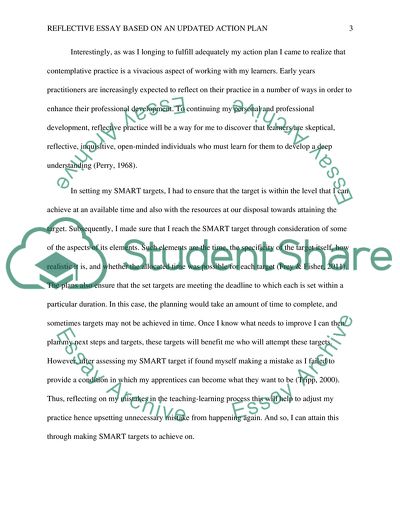Cite this document
(The Teaching-Learning Process and Effective SMART Target Essay Example | Topics and Well Written Essays - 1500 words - 9, n.d.)
The Teaching-Learning Process and Effective SMART Target Essay Example | Topics and Well Written Essays - 1500 words - 9. https://studentshare.org/education/1877585-reflective-essay
The Teaching-Learning Process and Effective SMART Target Essay Example | Topics and Well Written Essays - 1500 words - 9. https://studentshare.org/education/1877585-reflective-essay
(The Teaching-Learning Process and Effective SMART Target Essay Example | Topics and Well Written Essays - 1500 Words - 9)
The Teaching-Learning Process and Effective SMART Target Essay Example | Topics and Well Written Essays - 1500 Words - 9. https://studentshare.org/education/1877585-reflective-essay.
The Teaching-Learning Process and Effective SMART Target Essay Example | Topics and Well Written Essays - 1500 Words - 9. https://studentshare.org/education/1877585-reflective-essay.
“The Teaching-Learning Process and Effective SMART Target Essay Example | Topics and Well Written Essays - 1500 Words - 9”. https://studentshare.org/education/1877585-reflective-essay.


